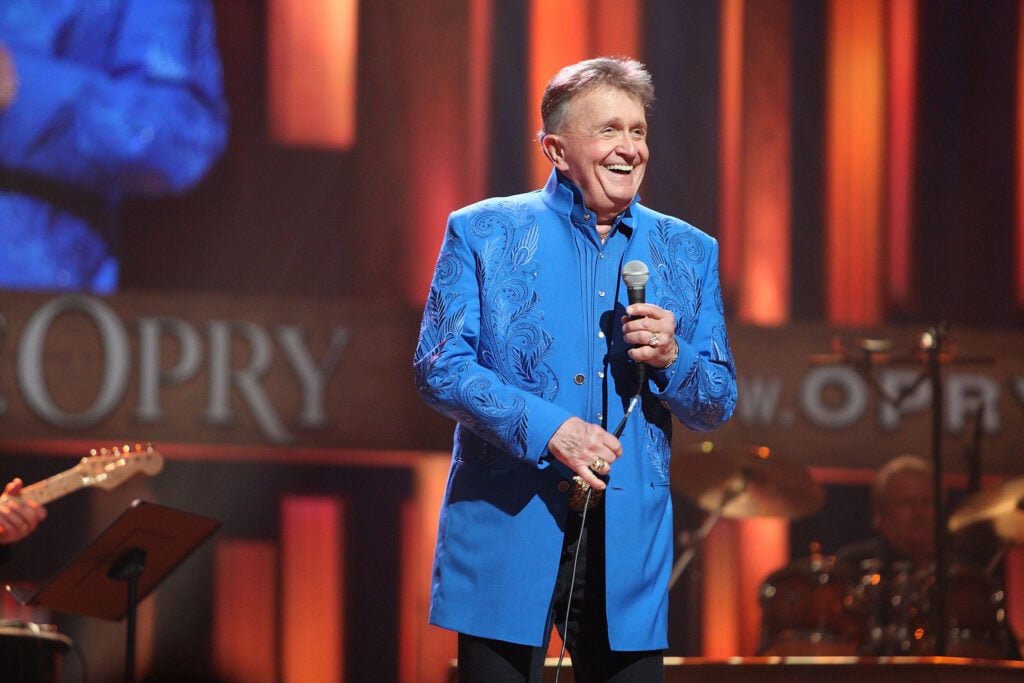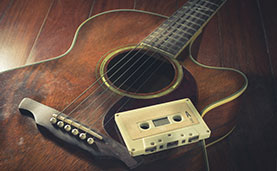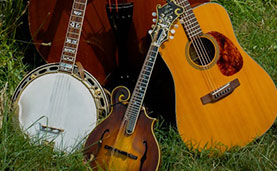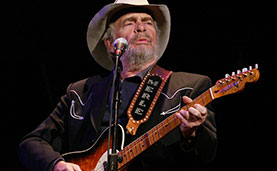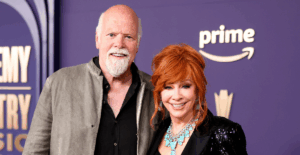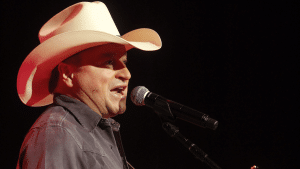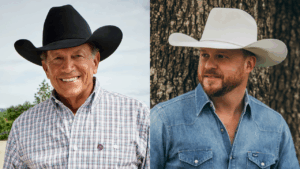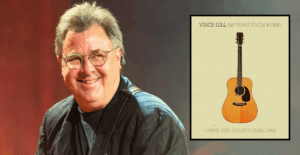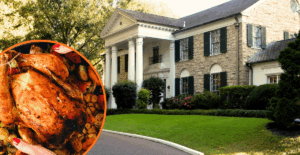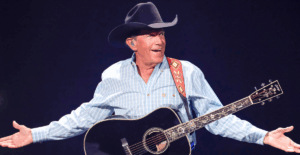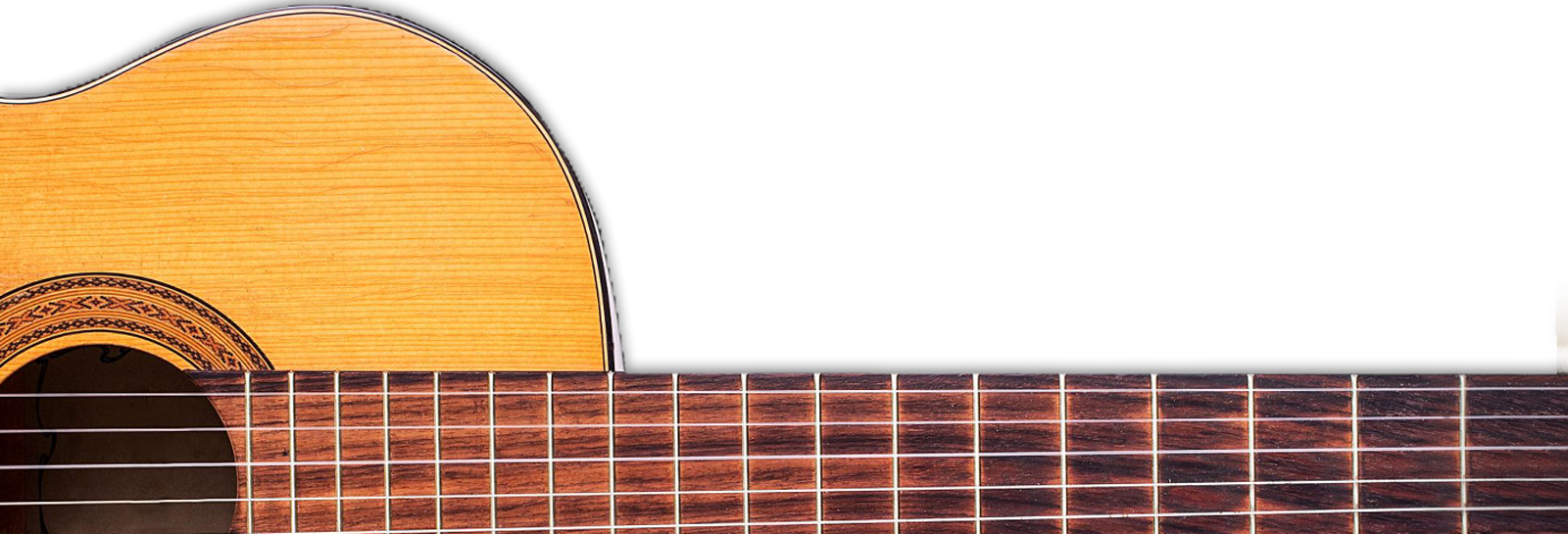Inside the Circle: Surprising Facts About the Grand Ole Opry & Its Members
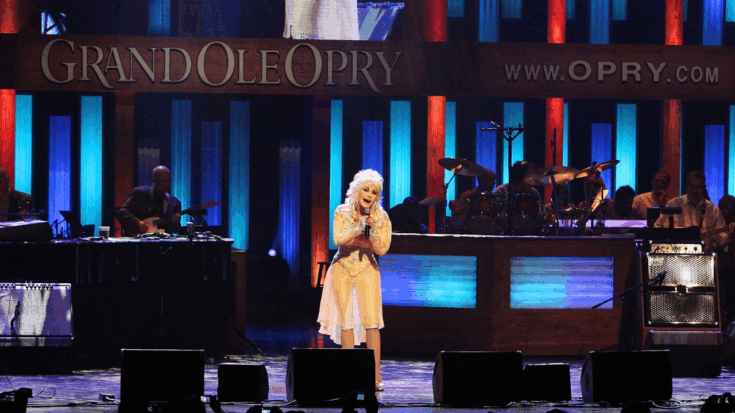
Dolly Parton performs at the Grand Ole Opry House in Nashville, Tennessee. (Photo by Tony R. Phipps/Getty Images)
Few stages will ever match the prestige of the Grand Ole Opry. Beginning in 1925 as a small radio broadcast, it went on to become one of country music history’s most famous and influential programs.
The Opry is more than just a stage – it is a place where country music is celebrated, artists realize their dreams, and audiences witness history in the making.
In honor of its 100th anniversary, learn more about the iconic show that made country music famous.
The Ryman Auditorium Housed The Grand Ole Opry For More Than 30 Years
Throughout the decades, the show grew in popularity, and consequently outgrew venues one after another. In 1943, the show found a home in Nashville’s beloved Ryman Auditorium, often referred to as the “Mother Church of Country Music.”
Some of the genre’s most iconic moments happened within these walls. Hank Williams made his debut, and Dolly Parton, Loretta Lynn, Willie Nelson, and more were welcomed as Opry members. The Opry moved from the Ryman to its current home in 1974.
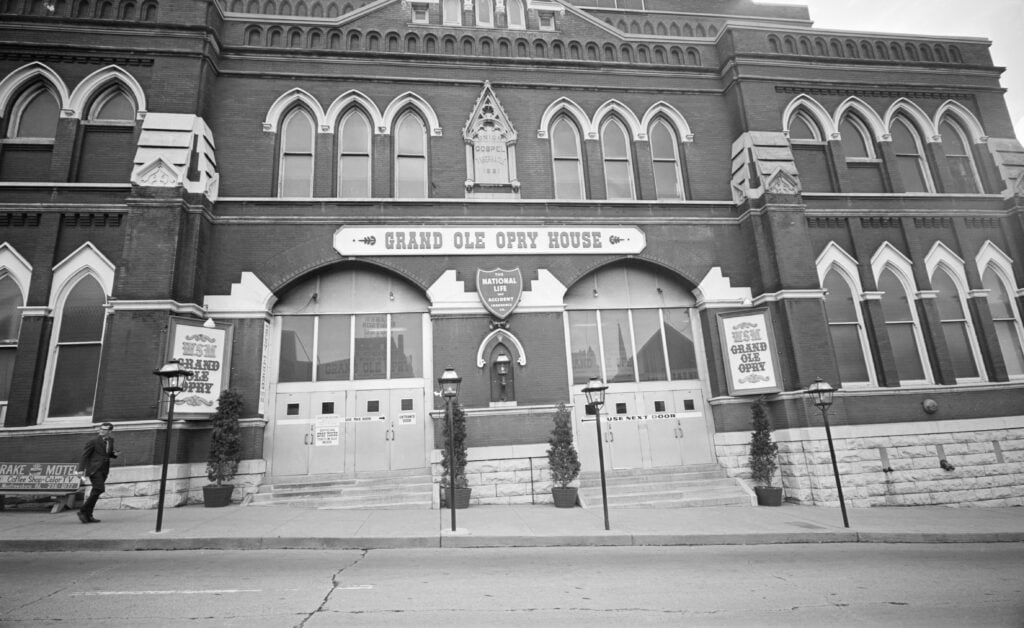
WSM Stands For “We Shield Millions”
The WSM seen emblazoned on the Opry’s stage stands for “We Shield Millions” – the slogan of the National Life and Accident Insurance Company, which launched the radio station with the moniker. WSM went live for the first time on October 5, 1925.
The following month, the broadcast hired announcer George D. Hay, who launched the WSM Barn Dance with fiddle player Uncle Jimmy Thompson. This would later become widely known as the Grand Ole Opry.
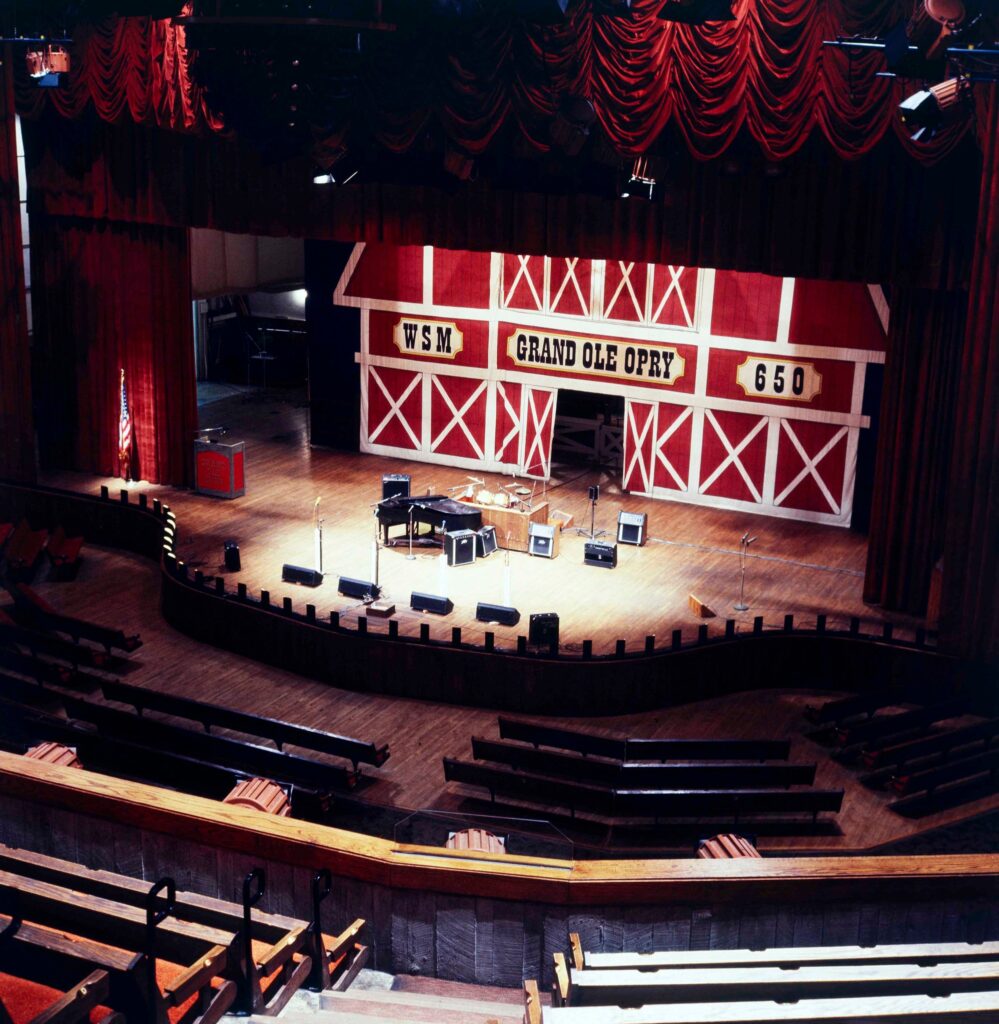
Bluegrass Was Birthed At The Opry
Earl Scruggs made his Opry debut with Lester Flatt as a part of Bill Monroe’s Blue Grass Boys on December 8, 1945. They introduced the audience to a new style of music, combining Scruggs’ three-finger picking, Flatt’s guitar, and Monroe’s mandolin.
The style would later be defined as Bluegrass, and with the help of WSM’s 50,000-watt reach, the historic Ryman performance became one of the most pivotal moments in the genre.
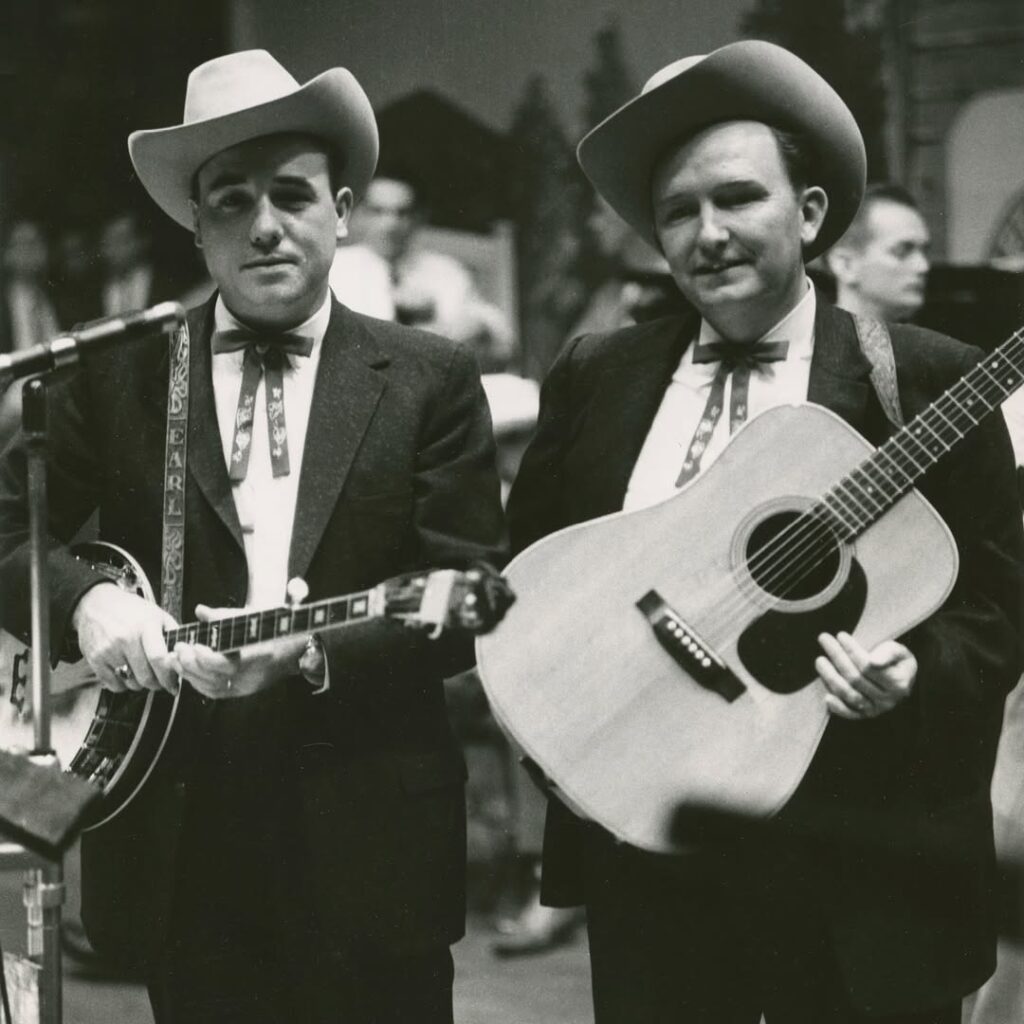
Hank Williams Was Fired From The Opry
Hank Williams made his Opry debut on June 11, 1949. After performing his hit song “Lovesick Blues,” the audience could not be quelled, and the rising country star went on to perform six encores.
Over the next three years, Williams had a strained relationship with the show. His personal life and struggles caused him to miss many Opry appearances, and when he was a no-show for his scheduled performance on August 9, 1952, Opry manager Jim Denny had had enough. He fired Williams two days later.
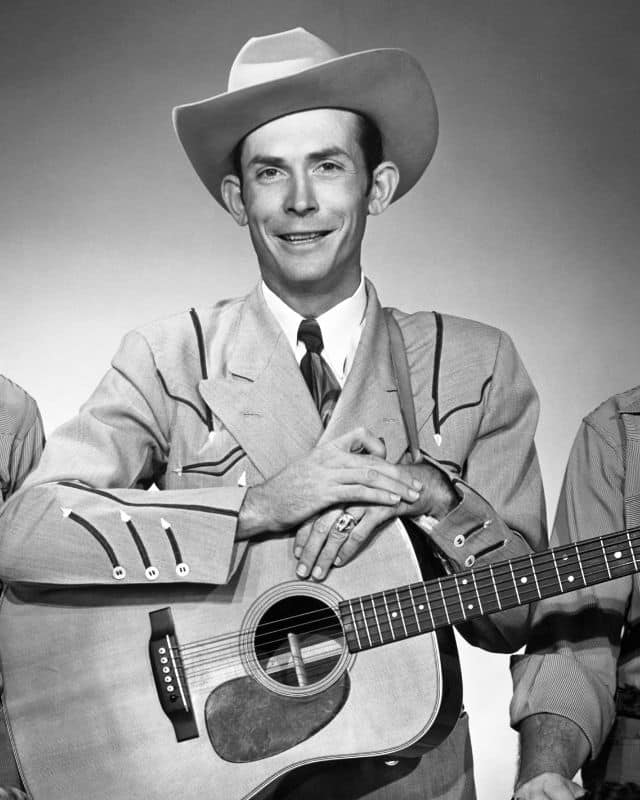
Elvis Presley Performed At The Opry Once And Never Returned
In October 1954, 19-year-old Elvis Presley performed on the Grand Ole Opry stage for the very first time…and it did not go as planned.
His rendition of Bill Monroe’s “Blue Moon of Kentucky” connected so poorly with the live audience that he never returned to the Opry stage. Opry manager Jim Denny reportedly told the young musician, “Don’t quit your day job.”
Elvis instead found much better exposure at the competing live radio show, The Louisiana Hayride.
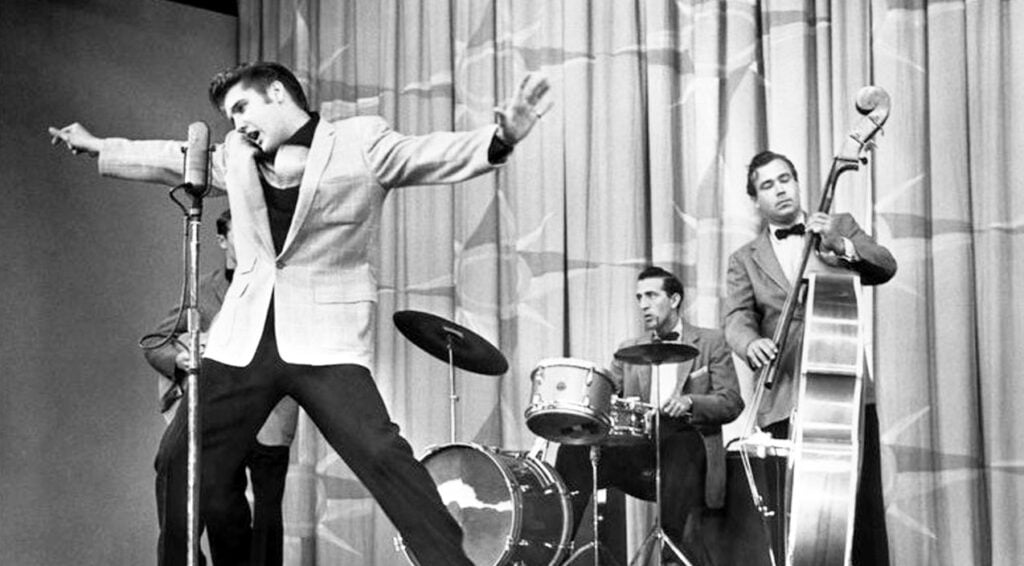
The Opry Is Responsible For Johnny & June’s Love Story
One of country music’s most famous love stories began at the Grand Ole Opry. Johnny Cash met June Carter, of the Carter family, backstage at the show in 1956. Both were married to other people at the time, but remained friends and collaborators while they each navigated the dissolution of their own relationships.
Legend has it that Cash proclaimed to Carter on the day they met, “I’m going to marry you someday.” He ultimately made good on that promise, and the pair wed in 1968.
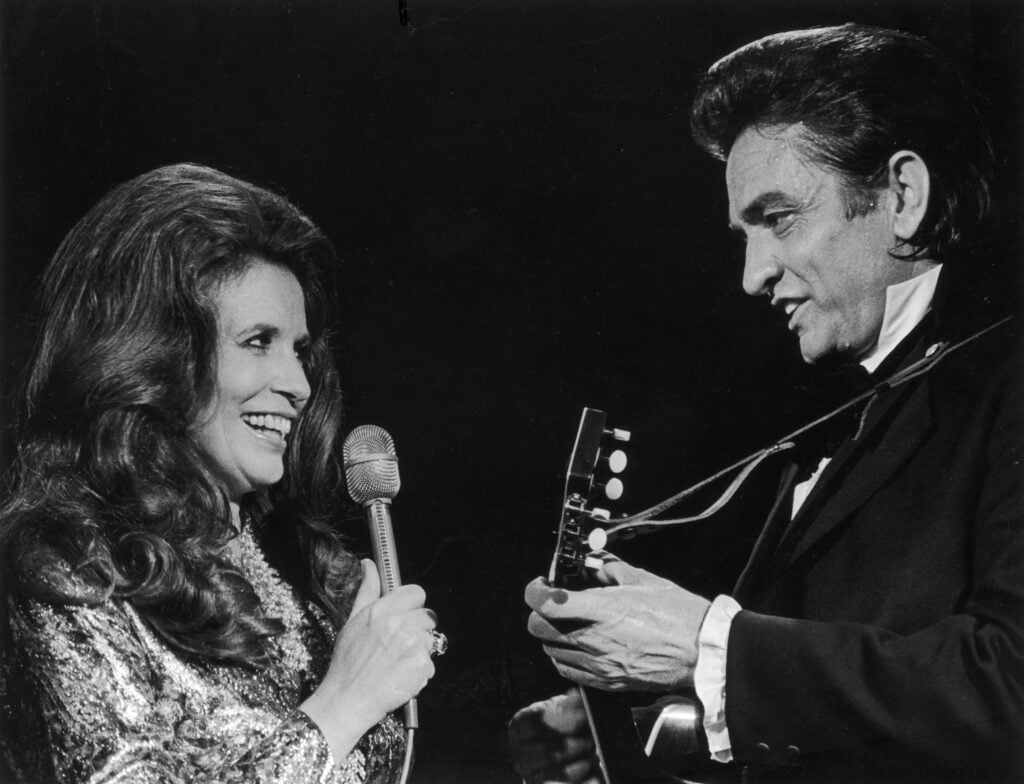
Jeannie Seely Appeared More Than Any Other Opry Member
Beloved vocalist Jeannie Seely passed away on August 1, 2025, at the age of 85. She made her Opry debut in 1966 and became a member the following year. Over the next six decades, Jeannie would perform in the circle a total of 5,397 times – more than any other Opry member.
She was also the first person to wear a mini skirt on the Opry stage in an era where “long, ruffled skirts” were the norm. Jeannie paved the way for future female artists to host Opry segments and often served as a mentor to the next generation of members.
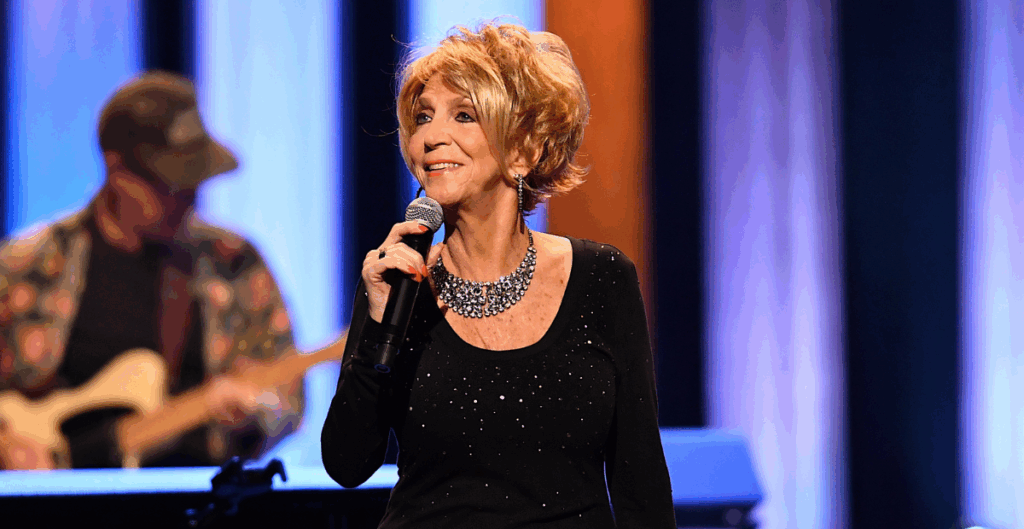
The Opry House Was Severely Damaged In A Flood
In 1974, the Grand Ole Opry moved to its current home, a 4,400-seat concert house that allowed the show the space to grow and evolve. It was designed with no bad seats in the house – meaning that all seats have good sight lines and acoustics.
The building, especially the lower levels, was severely damaged by a flood in 2010. As a result, the venue was closed for fice months for repairs. The historic Opry Circle, a piece of the Ryman stage that was transferred and built directly into the new stage, was completely submerged by water. Fortunately, it survived largely intact and was restored.
The Grand Ole Opry House was added to the U.S. National Register of Historic Places in 2015.

Some Artist Have Turned Down Their Invitation To Become An Opry Member
For many artists, being invited to become a member of the Opry is the honor of their career. However, with membership comes responsibilities. Opry members are expected to make frequent appearances for the show and support the institution and its members.
As a result, not every artist asked to join accepts the invitation. For example, Charley Pride declined membership in the early 1960s because it required doing a large number of Saturday shows. Instead, he chose to focus on his more lucrative touring schedule. He eventually became a member in 1993.
LIST: COUNTRY STARS WHO SURPRISINGLY ARE NOT OPRY MEMBERS
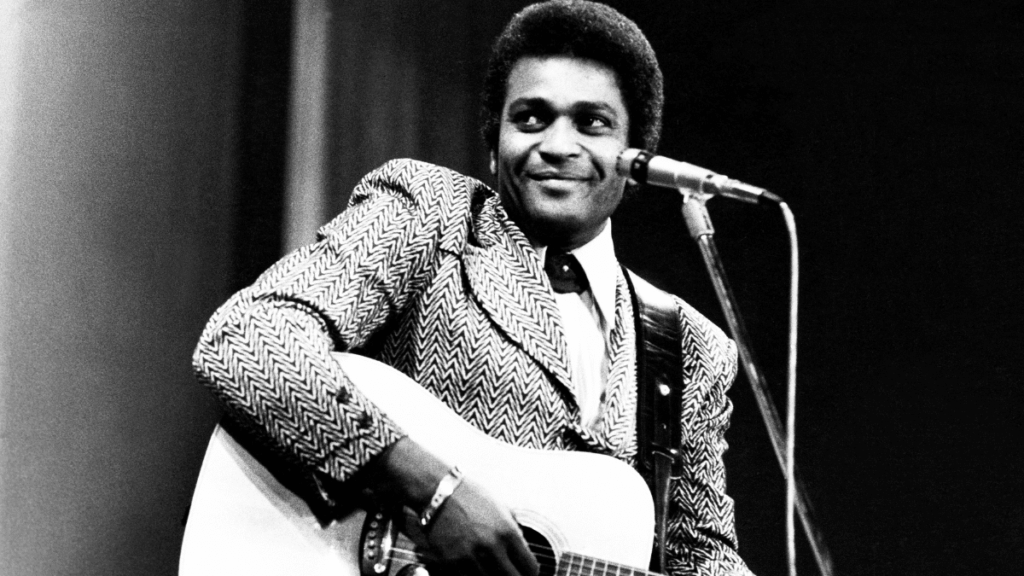
Bill Anderson Is The Longest Serving Opry Member
“Whisperin'” Bill Anderson is the longest-serving member of the Grand Ole Opry. Inducted in 1961 at the age of 23, Anderson has remained a devoted member of the institution for the last 64 years.
On the anniversary of his induction, Opry Vice President and Executive Producer Dan Rogers said:
“Bill Anderson has made an indelible mark. We could take a full Opry show and talk about Bill and his impact. He has continued to be a bridge between new and legacy artists for 64 years now, and now we thank him.”
